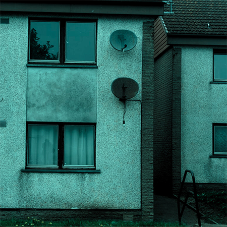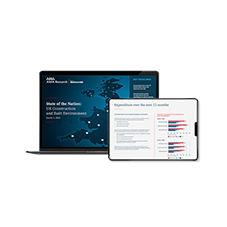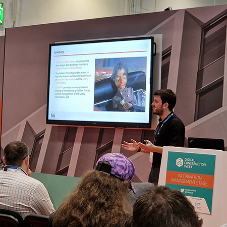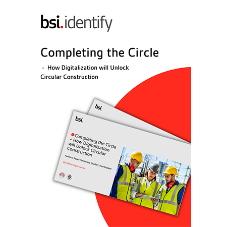Written by Dan Rossiter FCIAT
Vice President Technical - CIAT
During May, I had the pleasure of attending and presenting at two of my favourite conferences; UK Construction Week and Digital Construction Week. There are three main reasons I attend these conferences: 1) To see many of my friends and colleagues who I’ve not seen (in-person) for quite some time; 2) to share my own knowledge and insight (typically through the medium of cult references) on architectural technology or British Standards and 3) To discover the zeitgeist of the built environment.
With an open application, thousands of presentations are submitted for consideration to each conference. As such, these conferences provide a robust snapshot of the innovations, successes, challenges, and issues affecting the built environment. As I explored both conferences it become clear that there were two themes which appears to permeate across the majority of stages.
Net Zero: Both conferences discussed sustainability topics, including Net Zero, extensively. Some of the key highlights included: Zero and the launch of the Zero Playbook, a starting point to consider the carbon impact of projects; Lord Callahan, the construction minister, talking about our commitment to the Climate Change Act; as well as presentations relating to the revision of PAS 2080, a BSI Standard which focused on carbon management of buildings and infrastructure.
Building Safety: Similarly, with the Building Safety Regime in full force, both conferences discussed building safety. Some of the key highlights included: Stories from some of the first organizations to be made champions of the Building a Safer Future Charter; Updates on regulatory changes and the approved documents; as well as an array of presentations relating to fire safety.
Whilst I walked around across the show floors what I found most interesting was that, regardless of what the topic was, digital was seen as a key catalyst. For example:
Amongst the presentations relating to net zero, several focused on how innovative technologies such as digital twins, internet of things, virtual reality, and 3D Printing can help. Several of these presentations showed how such technologies, through design optimization and traceability of products, could mitigate the carbon impact of building and infrastructure works.
Amongst the presentations relating to building safety, several focused on the Golden Thread of Information. One of my own presentations considered the good practice standards, such as BS 8644-1, which support a digital record of fire safety information. Others included a panel moderated by Dame Judith Hackitt on the need for standardized product information from manufacturers to realize building safety.
From this, it appears that the narrative around digital both broadened and evolved. Early work on information management and building information modelling (BIM), such as the Avanti programme, focused on collaboration to reduce wasteful activities and improve productivity; optimising business as usual. From attending these conferences, it’s digital that is now being hailed as the catalyst for change outside of information management and BIM.
As such, it has become even more important for owners, designers, constructors and operators to consider the adoption of digital processes and technologies; not only for themselves but so that we can, collectively, become more sustainable, safer, and meet other societal outcomes.
Related Blog Articles



crop192.png)












